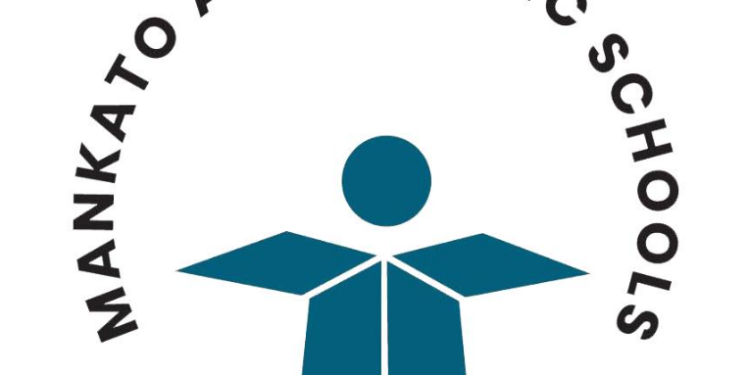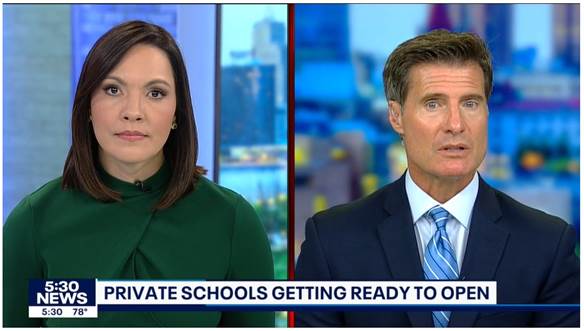Last week, Opportunity for All Kids (OAK) was in Mankato at Center of the American Experiment’s “Power to Choose: Education Expo for the Mankato Area.” It was a great event with a phenomenal turnout!

I had the honor of serving as a panelist, sharing key details about graduation rates as well as reading and math proficiency in school districts within the Mankato region.
Below is the chart I shared with the attendees, including representatives of local schools. (It lists the school districts with their corresponding graduation rates, reading proficiency rates for all grades and then just 10th grade, and math proficiency rates for all grades and then just 11th grade. All data is sourced from the Minnesota Department of Education and is sorted on 10th-grade reading proficiency.)

Well, almost.
Before sharing the chart in this e-mail, I added the data for Minneapolis Public Schools (highlighted in rust) since it seems common for Minnesotans to assume it’s the worst or one of the worst districts in the state.
But that’s actually not the case. Of the 23 public school districts assessed in the Mankato area, nearly half are worse than Minneapolis when measured by the percentage of 10th-grade students reading proficiently.
The worst 2023 10th-grade reading proficiency rate in the Mankato area goes to Truman Public School District which has only 27% of its sophomores proficient in reading. By 11th grade, only 17% of Truman’s students are considered proficient in math.
To put that in perspective, if reading proficiency was a requirement for graduation, less than a third of the students would likely graduate.
Nearly 75% of the school districts in the Mankato area are below the state average for 10th-grade reading proficiency. The state average for reading proficiency is only 52%.
I’m sure you recognize the crisis upon us. This systemic failure of education will be catastrophic to these students, many of whom will be crippled for life without the ability to read proficiently. And the region? What will Mankato and the surrounding area be like in 20 years if this continues? Where will you get high-quality, educated employees, farmers, community leaders, and entrepreneurs?
And why isn’t there more outcry? Because the problem is hidden by those high graduation rates. Over half of the Mankato-area school districts have a graduation rate of 90% or higher. Compare that to 10th-grade reading proficiency at 50% or less for almost 75% of those same school districts.
It’s the same story as the rest of Minnesota: High graduation rates that do not correspond to reading or math proficiency. Here is what that looks like statewide:

The failure is systemic. Do we need to fix public education? Absolutely. But systemic change is not easy and takes time and grit. There are hundreds of thousands of students right now who need an education and are not getting it in the traditional settings. They need a way out.
Education Savings Accounts (ESAs) aren’t just for the urban core of big metros. They are intended for any student who is trapped in a failing school and wants a change. Most families do not have the resources to pay tuition at a private school, cover tutoring costs to make up for lost years, start a microschool, or homeschool.
ESAs serve as a lifeboat or relief-valve that can make switching from a failing school to a successful alternative possible. As we’ve seen in many other states, they are the best tool we have to address the education needs of current students while allowing for time to properly fix the education system.
If we believe in the importance of an educated public, it’s time to make that the mission. The system has unfortunately failed in its duties. We can and should do whatever can be done to try to remedy the situation, but that will take a decade or more. Right now, hundreds of thousands of students around Minnesota need a lifeboat to a high-quality education.
—
Image Credit: Mankato Public Schools Facebook













